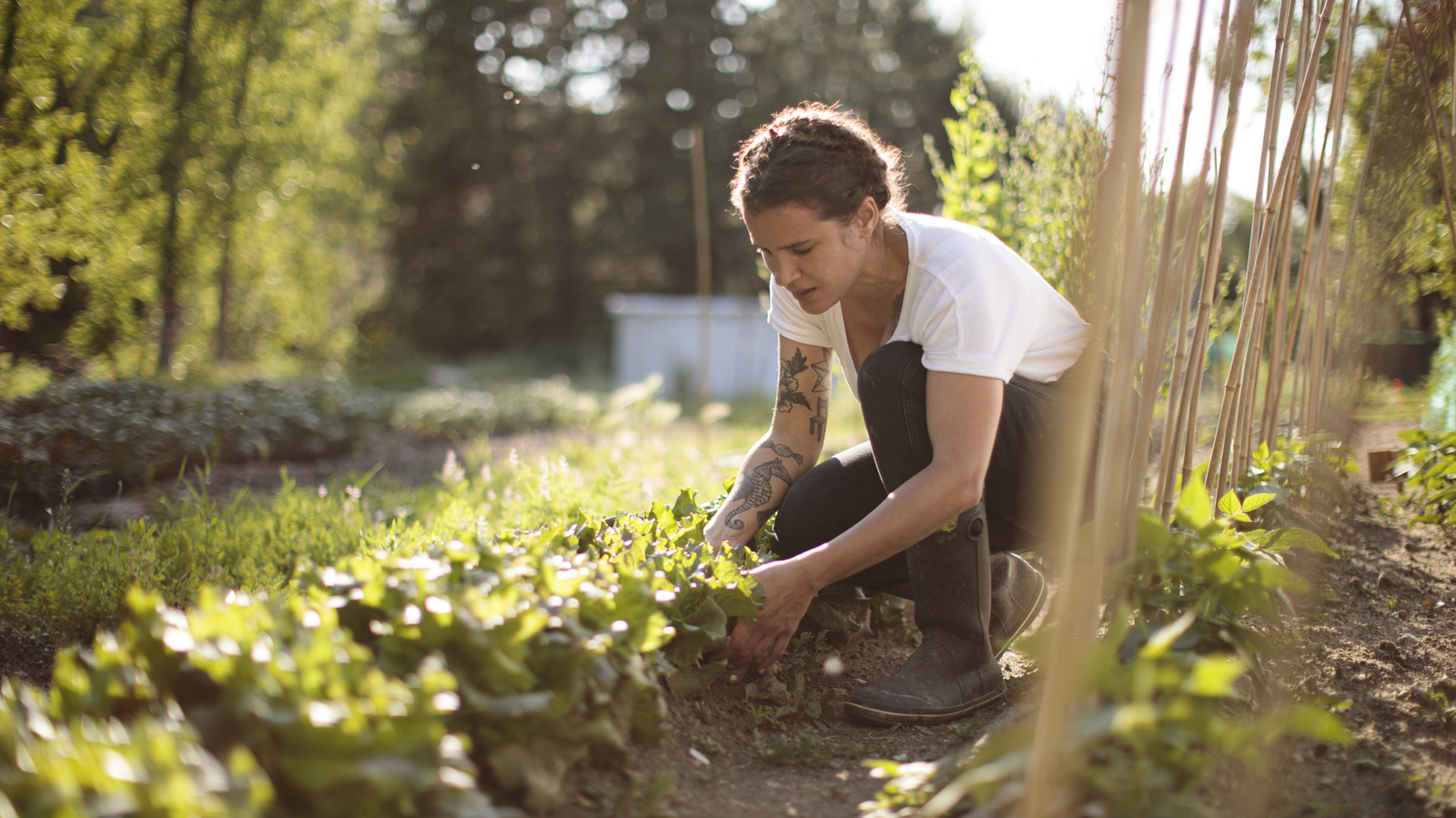We spend a lot of time and money stocking up the pantry, ensuring there’s always ingredients to make dinner or bake a cake. You might be surprised to learn that many staples we keep on hand can do double-duty in the garden; food scraps can turn into nutrient rich compost, for example, while used coffee grounds can deter pests and baking soda can be used as a weed killer. Before you shell out at the garden center on expensive fertilizers, chemical treatments, and soil additives to give your tomato and basil plants a boost, consider raiding the pantry first. In fact, for overall soil health, a couple of tablespoons of molasses can be worth its weight in gold.
Molasses is a staple baking ingredient that prevents oatmeal cookies from becoming cakey. It can deliver a ton of flavor, stability, and sweetness with just a couple of tablespoons. Beyond all the tricks it can perform with sweets, salad dressings, and even barbecue sauce, molasses, much like repurposing tea bags, can have a big impact on a vegetable garden. The sticky stuff is full of minerals and sugars, which can go a long way toward boosting plant growth. Just don’t think of it as a fertilizer; instead, molasses actually gives the beneficial microbes in garden soil a boost, which in turn helps your entire backyard ecosystem.
Plants can’t absorb molasses
Molasses is often used for fermenting rum because it has a lot of vitamins and minerals to feed hungry yeast cells. The same principle applies in the garden, where there are tons of hungry bacteria, fungi, and other microorganisms that break down organic matter and cycle nutrients. Despite its benefits to soil microorganisms, however, spraying it on your plants doesn’t actually directly benefit them. Plants are not like human beings; they can’t absorb sugar, either through their roots or their leaves. If you come across a video or a product claiming that molasses is a fertilizer, that’s just a myth.
If you want to experiment with using a molasses solution in your garden, the best place to add it is the compost bin, where worms and bacteria are doing the hard work of breaking everything down into nutrient-rich organic matter. Try using a solution of ¼ cup of molasses and 1 gallon of water. Only use the unsulphured variety — sulfur dioxide can inhibit the growth of yeasts, bacteria, and mold. Don’t go overboard either; you want the worms to eat your compost, not just the molasses. Spray the mixture on the compost every now and then when you turn or stir the pile, add molasses to your monthly maintenance routine, and let nature take care of the rest.






